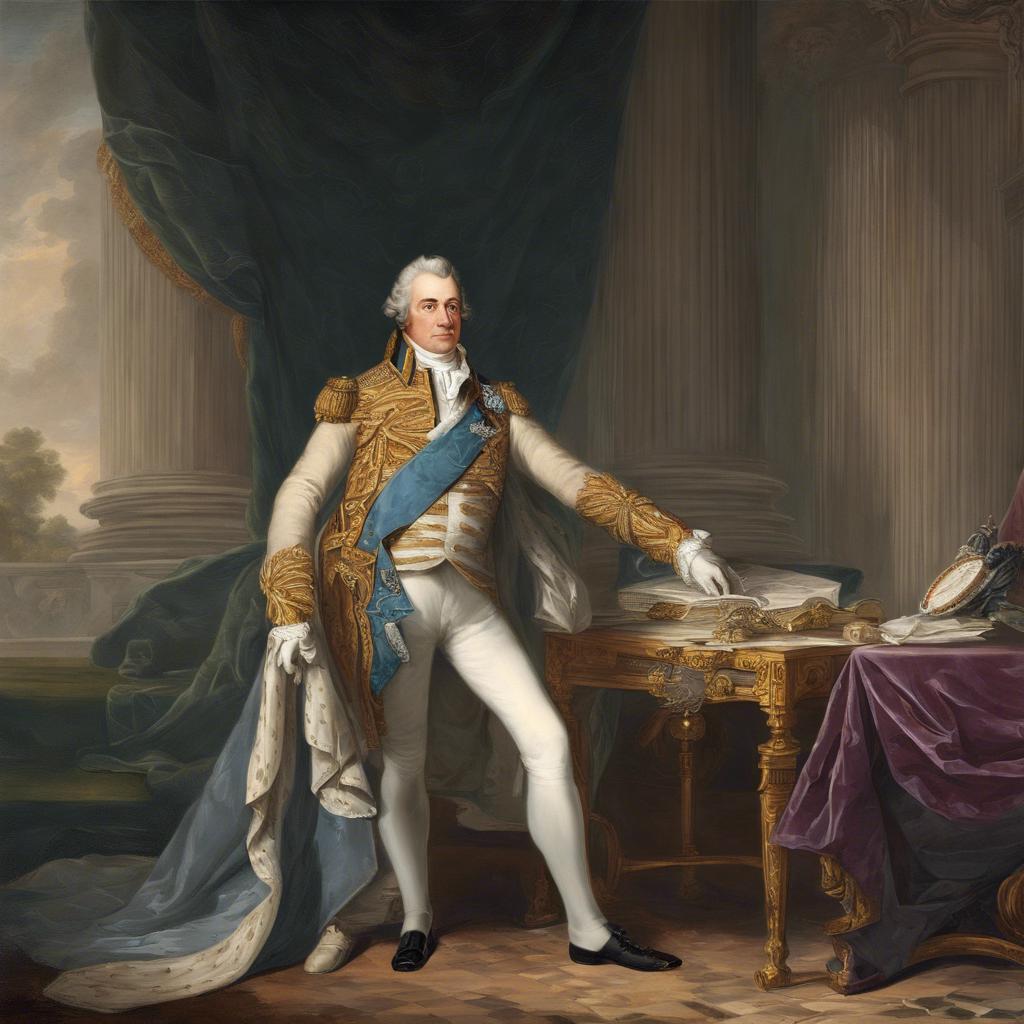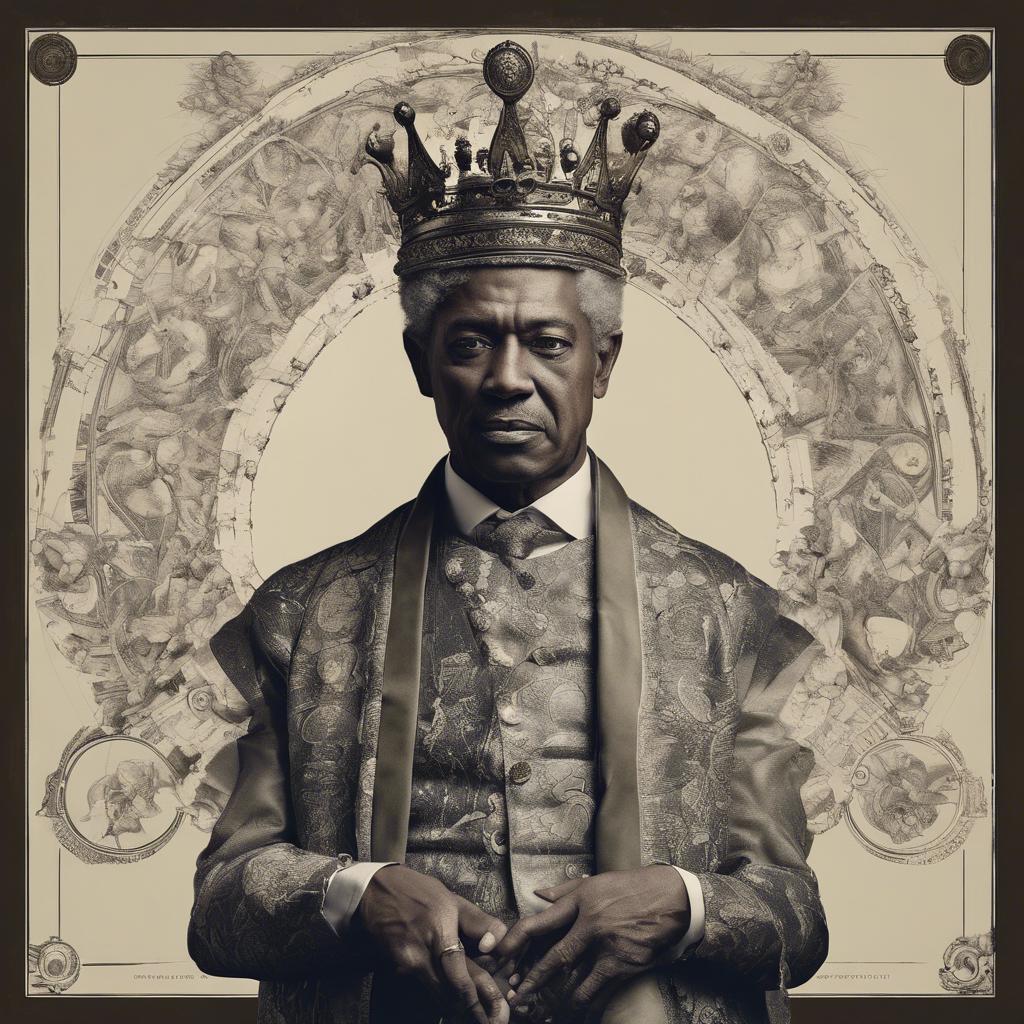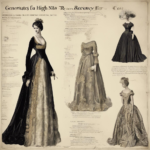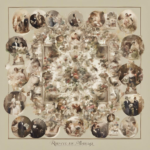In the annals of British history, the Regency Era stands as a pivotal period marked by the reign of a charismatic and controversial monarch. The Regency Era King, whose rule spanned from 1811 to 1820, wielded immense power and influence over the burgeoning empire. Through his dynamic personality and political savvy, he left an indelible mark on the course of British history. Join us as we unravel the complexities of this enigmatic figure and explore the legacy he left behind.
Step Into the World of Cheryl Bolen
Dive into the enchanting stories of love, intrigue, and elegance set in the Regency Era. Cheryl Bolen's novels offer timeless romance and captivating tales that will leave you wanting more.
Explore Cheryl Bolen's Books Now
Biography of the Regency Era King
During the Regency Era, King George IV of England reigned from 1820 to 1830. Known for his extravagant lifestyle and eccentric personality, George IV was a controversial figure in British history. He was born in 1762 as the eldest son of King George III and Queen Charlotte, and he became Prince Regent in 1811 due to his father’s regency era“>declining mental health.
George IV was known for his love of fashion and luxury, often seen wearing elaborate clothing and hosting lavish parties at his residence, Carlton House. He was also a patron of the arts, commissioning works from famous artists like Sir Thomas Lawrence and J.M.W. Turner. Despite his reputation as a spendthrift and womanizer, George IV was a popular monarch among the British aristocracy.
Despite his popularity among the upper classes, George IV’s reign was marked by political unrest and economic turmoil. The country faced challenges such as the Napoleonic Wars, the Peterloo Massacre, and the economic depression of the 1820s. George IV’s extravagant spending habits and tumultuous personal life further strained his relationship with Parliament and the British public.
Key Events and Reforms during His Reign
The Royal Regency Era
During his reign, the regency era king implemented various key events and reforms that shaped his legacy and left a lasting impact on his kingdom. These initiatives were aimed at modernizing the government, improving the welfare of his subjects, and solidifying his rule.
Major Reforms and Events
- Abolition of Feudal System: The king took a bold step in abolishing the outdated feudal system that had long been a source of oppression and inequality among his people. This move paved the way for a more meritocratic society where individuals could rise based on their abilities rather than their social status.
- Introduction of Public Education: Recognizing the importance of education in nation-building, the king established a system of public education accessible to all, regardless of their background. This reform not only improved literacy rates but also fostered a sense of national identity and unity among his subjects.
- Economic Development Initiatives: The king implemented various economic development initiatives to stimulate growth and improve living standards. This included investments in infrastructure projects, promotion of trade and commerce, and the establishment of trade guilds to support local industries.
| Table of Key Events and Reforms | Event/Reform | Description |
|---|---|---|
| Abolition of Feudal System | Ended the oppressive feudal structure and created a more equitable society. | |
| Introduction of Public Education | Implemented a system of public education to promote literacy and unity among the populace. | |
| Economic Development Initiatives | Launched various projects and programs to boost the economy and improve living standards. |
Legacy of the Regency Era King
During the Regency Era, King George IV left a lasting legacy that continues to shape British society to this day. Known for his extravagant lifestyle and love of art, King George IV was a patron of the arts and played a crucial role in the development of the Royal Pavilion in Brighton. This iconic structure remains a testament to his influence on architecture and design during his reign.
Additionally, King George IV’s interest in fashion and luxury set the tone for the high society of the time. His preference for lavish clothing and elegant accessories influenced the trends of the Regency period, as the elite strived to emulate his style. This focus on fashion and opulence defined the era and left a mark on British culture that can still be seen in modern fashion.
Furthermore, King George IV’s political decisions and reforms had a significant impact on the government and society of the time. His support for the abolition of slavery and his efforts to modernize the monarchy helped pave the way for a more progressive and inclusive society. His contributions to social justice and political change were instrumental in shaping the future of Britain.
Recommendations for Further Reading and Research
For those interested in delving deeper into the history of the Regency Era kings, there are several recommended readings and research materials worth exploring.
Some noteworthy books on the topic include:
– “The Regency Years: During Which Jane Austen Writes, Napoleon Fights, Byron Makes Love, and Britain Becomes Modern” by Robert Morrison
– “Regency England: The Tale of a Genre” edited by Koenraad Claes
– “George IV: The Prince Regent and His Circle” by Christopher Hibbert
In addition to books, there are also numerous online resources available for further research:
– The British Library’s online archives offer a wealth of primary source materials from the Regency Era.
– The Jane Austen Society provides scholarly articles and research papers on the literary and social aspects of the period.
– The National Portrait Gallery’s digital collection features portraits and paintings of key figures from the Regency Era.
For a comprehensive overview of the political, social, and cultural landscape of the Regency Era, a combination of these books and online resources will provide valuable insights for those looking to deepen their understanding of this fascinating historical period.
In Retrospect
the reign of a regency era king was a period marked by political intrigue, cultural sophistication, and social change. Through their leadership and decision-making, these monarchs left a lasting impact on the course of history and shaped the world we live in today. As we reflect on their legacy, we are reminded of the complexities and challenges of governing a kingdom during this era. Their stories are etched in the annals of history, serving as a reminder of the power and influence wielded by regency era kings.


